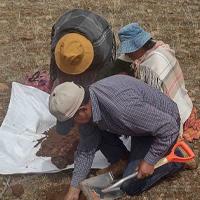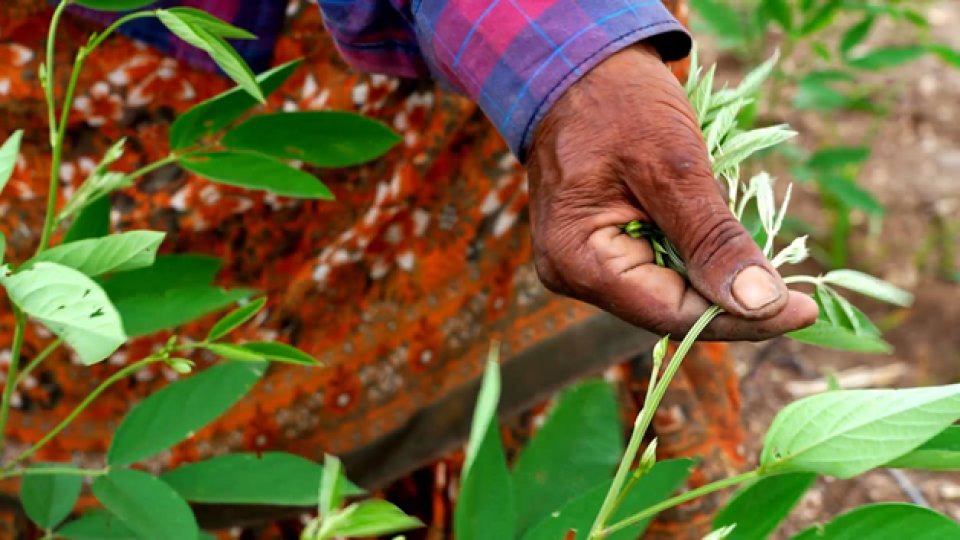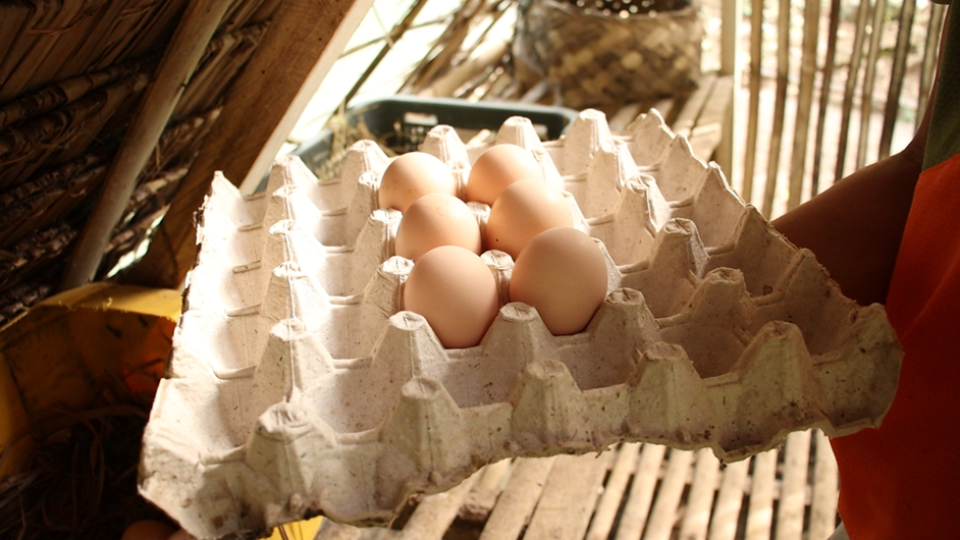
Soil may be the basis of farming, and therefore of almost all of our food, but farmers and soil scientists see the soil in completely different, if equally valid ways.
In Bolivia, I was recently making a video with Paul and Marcella on soil tests that extension agents can do with farmers. Our local expert was Eliseo Mamani, a gifted Bolivian agronomist.
Before our visit, Eliseo had prepared three soil tests in collaboration with soil scientist Steve Vanek. One of the tests uses bottles and sieves and cloth to separate out the “particulate organic matter”, or POM … dark brown crumbs of carbon-rich, dead plant and animal litter that feed the plants. Good soil has more POM than poor soil.
In preparation for our visit, Eliseo had been practicing the soil tests with local farmers. He introduced us to Victoria Quispe, who farms and herds llamas and sheep with her husband. I asked doña Victoria what made a good soil. I thought she might say something like its rich organic matter. She could have also said it has neutral pH, because one of the tests Eliseo had taught them was to use pH paper to see when soil is too acidic or too alkaline.
But no, doña Victoria said, “We know when the soil is good by the plants growing on it.” The answer makes perfect sense. These communities on the high Altiplano grow potatoes for a year, then quinoa for a year, and then they fallow the land for at least six years. In that time, the high pampas become covered with native needle grass, and various species of native brush called t’ula.
Later in the day, Eliseo led four farmers to do the POM test. They collected soil from a well-rested field and from one that had been recently cultivated. The group washed a sample of soil from each field and carefully sieved out the POM, little pieces about 2 mm across.
Then Eliseo carefully arranged the particles into small disks on a piece of white paper. The soil from the tired soil yielded only enough POM to make a disk of 2 cm in diameter. But the circle from the rested soil was 6 cm across.
In other words, the well-rested soil was covered in native plants, and it had lots more particulate organic matter than the tired soil, which had only a light covering of plants. The scientific test and local knowledge had reached the same conclusion, that fallow can improve the soil.
Soil scientists tend to look at what soil is made of. Farmers notice what will grow on it. Soil content, and its ecology are both important, but it is worth noting that scientists and local people can look at the world in different ways, and both can be right.
Related Access Agriculture video
Living windbreaks to protect the soil
Analysing soil pH and organic matter
Improved pasture for fertile soil
Acknowledgements
Ing. Eliseo Mamani works for the Proinpa Foundation. This work was made possible with the kind support of the Collaborative Crop Research Program (CCRP) of the McKnight Foundation


